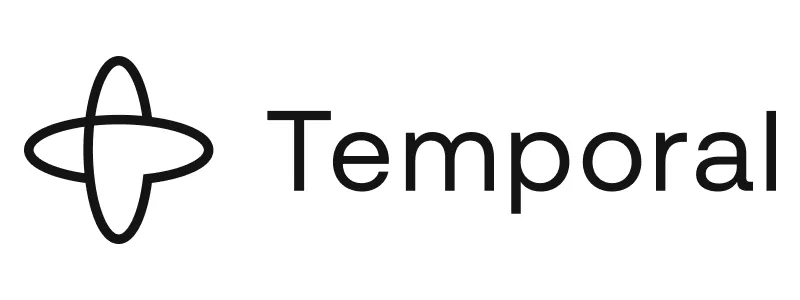About Remote Full-Stack Developer Jobs
Remote full-stack developers build and maintain complete digital products, from server-side logic to the user interface. They design APIs, manage databases, and ensure applications run efficiently across environments. Their versatility makes them key contributors in remote teams that value engineers who can see the bigger picture of both frontend and backend performance.
Most full-stack developers work with frameworks like React, Next.js, or Vue.js on the frontend, and Node.js, Express, or Django on the backend. Knowledge of databases such as PostgreSQL, MongoDB, and MySQL is essential. Proficiency in Docker, GitHub Actions, and cloud deployment helps developers manage production-ready pipelines. Salaries typically range from $85,000 to $160,000 USD, depending on experience and tech stack.
Global companies including Cribl, Samsara, dbt Labs, and Twilio regularly hire remote full-stack developers for projects spanning automation, analytics, and product development.
If you are exploring related paths, check out remote backend developer jobs, remote frontend developer jobs, and remote DevOps jobs to see how full-stack roles connect across the engineering ecosystem.
Frequently Asked Questions about Remote Full-Stack Developer Jobs
What skills and frameworks are essential for remote full-stack developers
Remote full-stack developers need strong skills in JavaScript, TypeScript, HTML, and CSS, along with expertise in at least one frontend framework such as React, Next.js, or Vue.js, and one backend framework like Node.js, Express, or Django. A solid understanding of REST APIs, databases, and authentication is essential. Knowledge of Docker, Git, and CI/CD systems helps with deployment and collaboration. Many remote roles also value experience with cloud platforms such as AWS, GCP, or Azure. Developers looking to refine their full-stack skills can explore freeCodeCamp, MDN Web Docs, or React.dev.
What types of full-stack developer roles are available remotely
Remote full-stack roles vary based on company size and project needs. Common positions include Full-Stack Engineer, Software Developer, Web Application Developer, and Frontend-leaning or Backend-leaning Full-Stack Developer. Some companies also hire for Tech Lead or Engineering Manager roles that require strong product and architecture knowledge. In startups, full-stack developers often manage the entire development lifecycle, while larger teams focus on specific modules. Explore related opportunities in remote backend developer jobs, remote frontend developer jobs, and remote DevOps jobs to see how full-stack work overlaps with specialized engineering areas.
How can frontend or backend developers transition into full-stack roles
Frontend and backend developers can transition into full-stack roles by gradually expanding their technical scope. Frontend developers should focus on learning Node.js, APIs, and databases like PostgreSQL or MongoDB, while backend developers should strengthen skills in React, Next.js, and CSS frameworks. Building small end-to-end projects is the most effective way to practice integrating both sides. Hosting applications on Vercel, AWS, or Render helps understand deployment and scaling. Online platforms such as freeCodeCamp and The Odin Project offer structured paths for mastering full-stack development.












